General Introduction The EF3L90CG400H is a high – performance integrated circuit chip designed for [specific application field, e.g., communication systems, industrial control, etc.]. It incorporates advanced semiconductor technology to offer a wide range of functions and excellent performance.
Key Functions
1. Processing Capability
High – speed Computing: The chip is equipped with a powerful processing core that can execute complex algorithms and operations at a clock speed of up to 400 MHz (as indicated by the “400H” in the model number). This enables it to handle large – scale data processing tasks efficiently, such as data analytics, signal processing, and real – time control calculations.
Multitasking Support: It supports multitasking operations, allowing it to manage multiple tasks simultaneously. Through an advanced operating system or task scheduling mechanism, different processes can run in parallel, improving overall system efficiency.
2. Memory Management
Internal Memory: It has a certain amount of internal memory (e.g., SRAM), which provides fast access for data storage during processing. This internal memory helps reduce data access latency and speeds up the overall operation of the chip.
External Memory Interface: The chip features an external memory interface that can be connected to external memory devices such as DRAM or Flash memory. This allows for the expansion of memory capacity to meet the requirements of large – scale data storage and processing.
3. Communication Interfaces
Multiple Serial Interfaces: It is equipped with a variety of serial communication interfaces, such as UART, SPI, and I²C. These interfaces enable seamless communication with other devices, sensors, or modules, facilitating data exchange and system integration.
High – speed Network Interface: Some versions of the chip may support high – speed network interfaces, such as Ethernet. This allows the chip to be connected to local area networks or the Internet, enabling functions such as remote monitoring, data transmission, and cloud – based services.
4. Input/Output (I/O) Capabilities
General – Purpose I/O Pins: The chip has a set of general – purpose I/O pins that can be configured as input or output according to specific application requirements. These pins can be used to connect to external devices, sensors, actuators, or for signal control and status monitoring.
Analog Input/Output: It may also support analog input and output functions. Analog input pins can be used to sample analog signals from sensors, while analog output pins can generate analog control signals for driving external devices.
5. Power Management
Low – power Modes: To optimize power consumption, the chip supports multiple low – power modes. In idle or standby states, the chip can enter these low – power modes to reduce power consumption significantly while still maintaining essential functions or being able to quickly wake up when needed.
Power Supply Regulation: It has built – in power supply regulation circuits that can ensure stable power supply to different components within the chip, improving the reliability and stability of the system.
6. Security Features
Data Encryption: The chip may incorporate data encryption algorithms to protect sensitive data. This is especially important in applications where data security is a top priority, such as financial transactions, confidential communication, or industrial control systems.
Authentication Mechanisms: It may support authentication mechanisms to verify the identity of connected devices or users, preventing unauthorized access and ensuring system security.


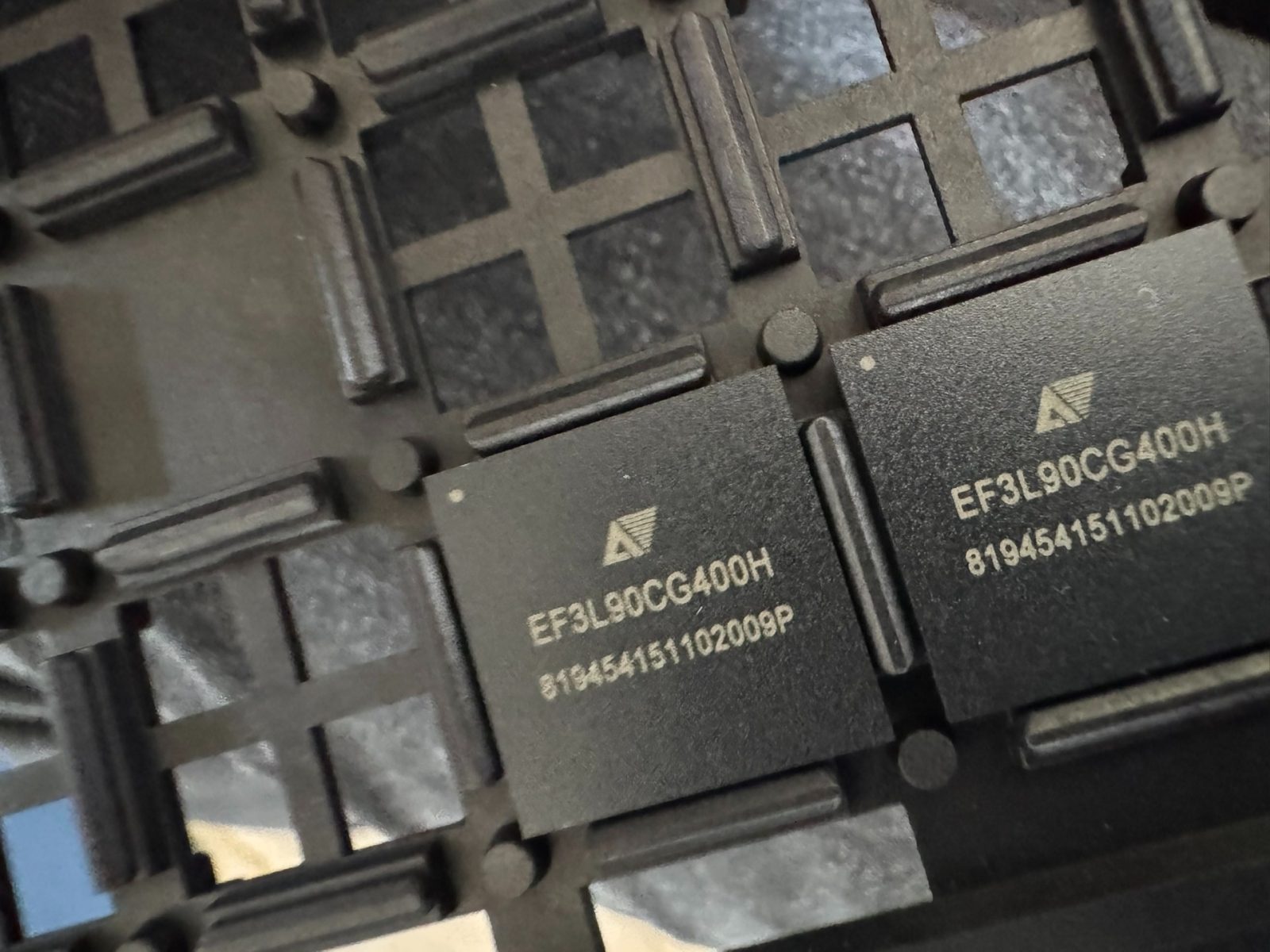
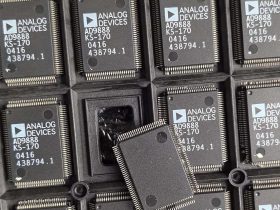

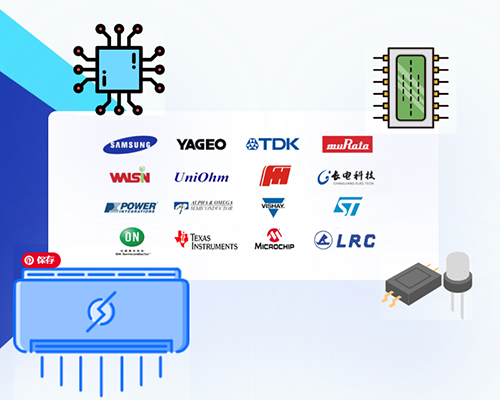



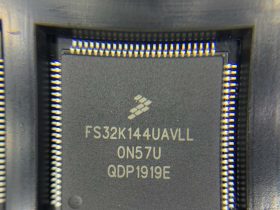

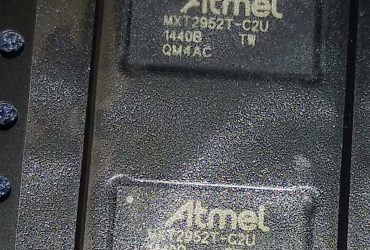
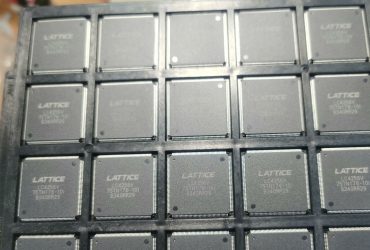

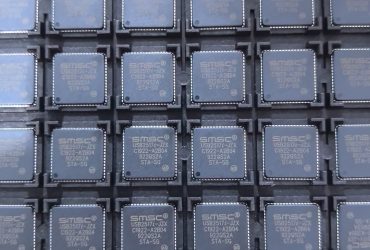
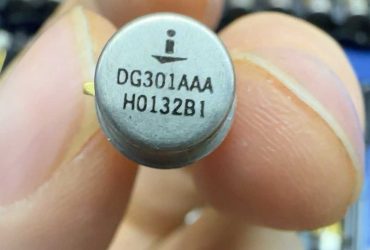
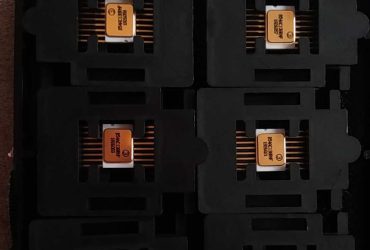
Leave a Reply